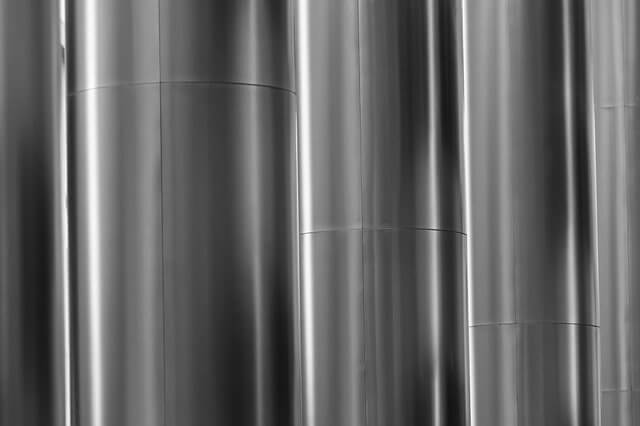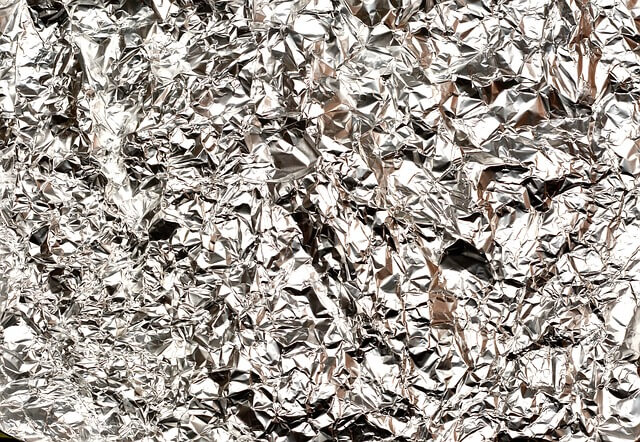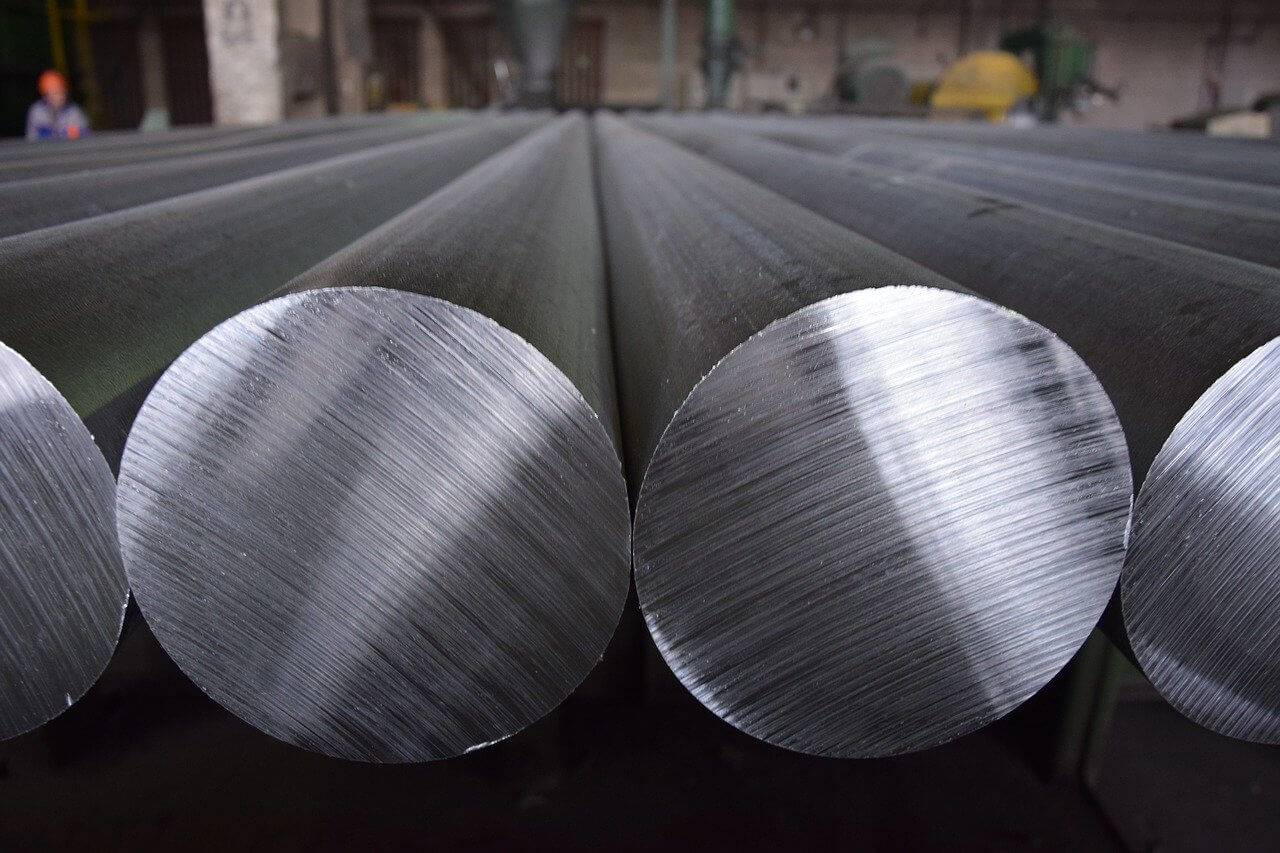Aluminum is a metallic element represented in the periodic table with the symbol ‘Al’ and the third most common element of the crust of our planet: 8% of it contains aluminum in various compounds.
Aluminum was isolated for the first time in 1825 by the Danish physicist H. C. Oersted, and is today the metal most used by mankind, along with iron.
This element is present, moreover, in most rock formations and in the very body of living beings. However, it is not possible to find it in its pure state in nature, but as part of numerous silicates and minerals.
It is one of the most useful metals and more industrially used by mankind, given its properties of lightness, malleability and long life, as well as resistance to corrosion. It is used in an enormous variety of alloys to manufacture numerous utensils and containers, as well as parts of diverse machinery.

1 Chemical classification
Aluminum (Al) is located between magnesium and silicon in the periodic table, identified with an atomic number of 13, and among the metals in block ‘p’. It is a good electrical and thermal conductor, and is highly reactive to oxygen. It is not ferromagnetic.
2. Appearance
The aluminum in its state of purity is a bright, light metal with a more or less white color. Its appearance may vary according to the numerous alloys to which it may be subjected.
3. Physical properties
Aluminum is a non-ferromagnetic metal and extremely light (it has a very low density), which makes it ideal for many industrial applications, such as the manufacture of containers (cans) or panels. Its melting point is very low (660 ° C) and it is soft and malleable.
4. Obtaining
The most common process for obtaining aluminum is through bauxite, a mineral abundant on Earth. This process involves a significant amount of electrical energy, which means that it is an expensive process; but the resulting one is a useful material, of long useful life (resistant to the corrosion) and very low cost of recycling. All this contributes to having a stable price and being an economic element.

5. Applications
The applications of aluminum are innumerable. From the manufacture of metal parts and components of mechanisms, either in their state of purity or in alloys (especially to contribute to their hardening), to the elaboration of mirrors, containers of various kinds, aluminum foil, tetrabriks, telescopes and as a component of welds. This means that aluminum is an enormously versatile and central element in many human industries.
6. First appearances
Aluminum has been present in human history, in the form of salts useful for medicine and dry cleaning. But it would not appear as a pure element until 1825, when the Danish physicist H. C. Oersted managed to obtain some impure samples by electrolysis. Two years later Friedrich Wöhler would obtain the first pure samples.
Initially it was held as a precious metal and exhibited next to the jewels of the crown of France in 1855, but the overcrowding of its handling and cost reduction led it to be considered a common metal.
7. Reactivity
Aluminum is very reactive, although it is resistant to corrosion by means of a layer of alumina (Al2O3) that forms around it in the presence of oxygen and isolates the rest of the metal from corrosion. It can be easily diluted in hydrochloric acid or sodium hydroxide, as well as in numerous acids and bases.

8. Recycling
Aluminum can be perfectly recycled without detracting from its physical properties, which represents a considerable economic advantage over other metals. This process also requires low energy consumption (only 5% of the original procurement process). This remelted aluminum is known as ‘secondary aluminum’.
9. Main alloys
Since aluminum is a soft metal and little resistant to mechanical traction, its use is varied but not recommended as structural material. In this sense, it is usually alloyed with other metals to contribute to its hardening, as with magnesium, manganese, copper, zinc and silicon, sometimes even titanium and chromium.
Aluminum alloys are identified by series, namely:
Series 1000. Almost pure. Around 99% aluminum.
Series 2000. Copper alloys.
Series 3000. Manganese alloys.
Series 4000. Alloys with silicon.
Series 5000. Magnesium alloys.
6000 series. Alloys with magnesium and silicon.
Series 7000. Alloys with zinc.
Series 8000. Alloys with other metallic and non-metallic elements.
10. Toxicity
Contrary to what was considered for decades, aluminum is not safe for human beings. Even so, its degree of toxicity is low, since the aluminum in the diet is absorbed in small amounts by the intestine. However, inhalation of aluminum dust or saturation of the element in food can lead to liver and kidney damage, or to neurotoxicity symptoms.
The abundant presence of aluminum has also been linked to the incidence of Alzheimer’s disease.